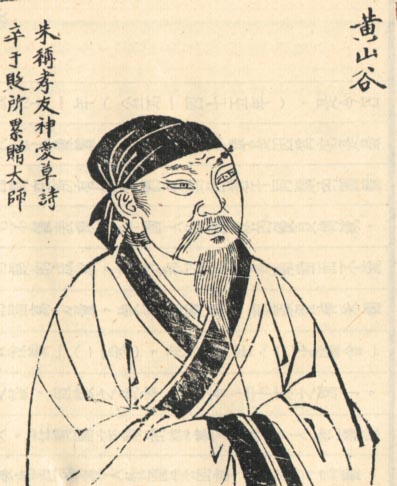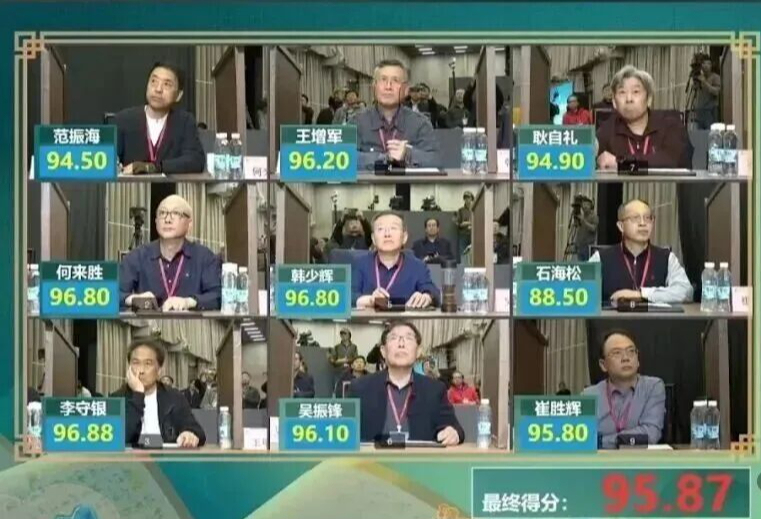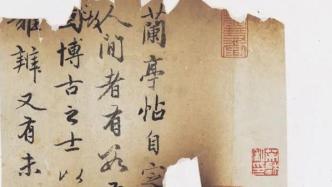
From the "Sage of Calligraphy Wang Xizhi" exhibition at the Tokyo National Museum in Japan in 2013, to the special exhibition "From Wang Xizhi to Kukai: Famous Chinese and Japanese Calligraphy" at the Osaka Municipal Museum of Art in 2016, to the "Wang Xizhi and Japanese Calligraphy" at the Kyushu National Museum in 2018 ", etc., which have a lot to do with the planning and research of Atsushi Tomita, a calligraphy historian at the Tokyo National Museum.
The Paper learned that there will be another Wang Xizhi exhibition in Tokyo, Japan. "Wang Xizhi and Lanting Preface" jointly planned by Tokyo National Museum and Taito Ward Calligraphy Museum will be exhibited on January 31, 2023. The exhibition will be divided into four major themes in the two museums, presenting Wang Xizhi's calligraphy and "Lanting Xiuxiu" related calligraphy and painting, as well as fine works of the study.
In an interview with The Paper Art Review many years ago, Jun Tomita said frankly: "I still hope that in the future I will have the opportunity to gather Wang Xizhi's Tang facsimiles from China, the United States, and Japan for a grand exhibition. I hope very much! The origin of the special exhibition of "Wang Xizhi" was to gather copies of Wang Xizhi's double hooks from various places, including the National Palace Museum in Beijing and the National Palace Museum in Taipei."
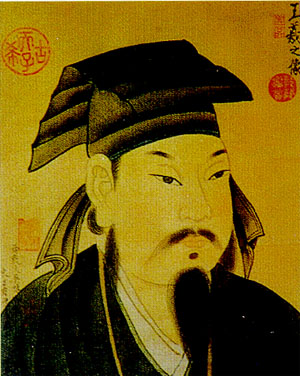
Wang Xizhi (303-361)
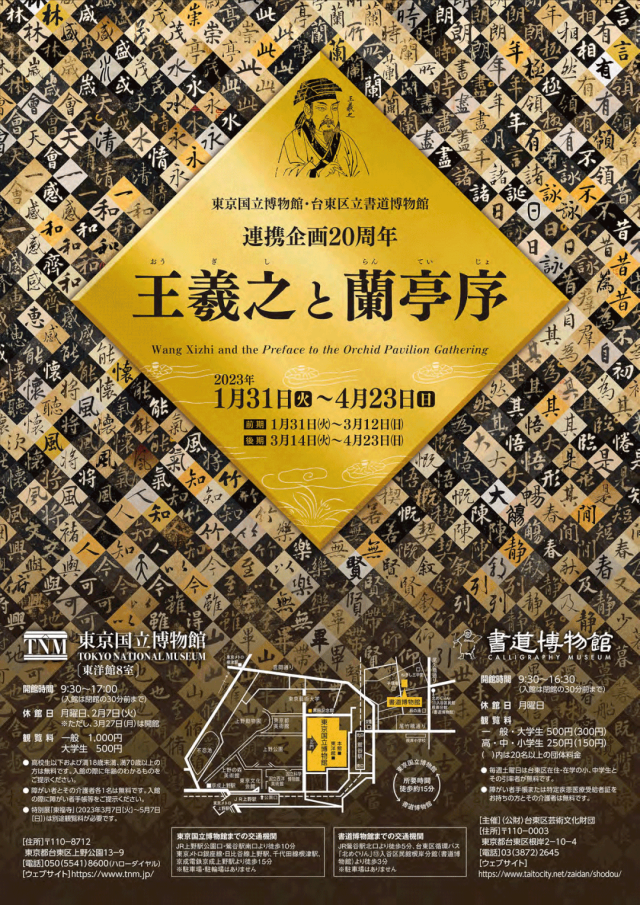
exhibition poster
When it comes to calligraphy, one cannot fail to mention Wang Xizhi.
"Floating like floating clouds, as bold as startling dragons" is the admiration of Jin people for the beauty of Wang Xizhi's appearance and brushstrokes, but what is the true face of Youjun? What is the background of the "No. 1 running script in the world" "Lanting Preface" that has been handed down to this day?
Wang Xizhi (303-361), a calligrapher in the Eastern Jin Dynasty, had few characters. Originally from Langya people (now Linyi, Shandong), living in Shanyin, Kuaiji (Shaoxing, Zhejiang). From the official to the general of the right army, the internal history of Kuaiji, known as "Wang Youjun". He was born in a prominent family in the Jin Dynasty. When Wang Xizhi was twelve years old, his father taught him the theory of brushwork. When he was a child, he learned calligraphy from Mrs. Wei, a famous female calligrapher at that time. Later, he traveled to famous mountains in the north of the Yangtze River, and learned from others' strong points. Zhang Zhi, a master of cursive calligraphy, was able to learn from Zhong Yao in his official script. Observing and studying the "law of a group of people to form a family" has reached the height of "Guiyue group products, ancient and modern".
Compared with the Han and Western Jin Dynasties, the most obvious feature of Wang Xizhi's calligraphy style is the delicate brushwork and changeable structure. Wang Xizhi's greatest achievement lies in adding to and detracting from the ancient methods, changing the rustic calligraphy style of the Han and Wei dynasties into a calligraphy style with exquisite brushwork and beauty. The cursive script is dense and slender, the regular script is clever and dense, and the running script is strong and natural. In short, Chinese character writing has been introduced from practicality to a realm that emphasizes technique and taste. His regular scripts such as "Yue Yi Lun", "Huang Ting Jing", "Dongfang Shuo Painting Praise" and so on "were very popular in the Southern Dynasties". Huang Ting Jing, etc., the facsimile ink traces and filled-in copies include Kong Shizhong post, Orchid Pavilion preface [Feng Chengsu's copy], fast snow and sunny post, frequent mourning post, mourning post, distant eunuch post, aunt post, how safe is the three posts of oranges, cold cut post , Xing Rang Tie and Tang Seng Huairen's collection of books "Shengjiao Preface" and so on.

Part of Zhao Mengfu's "Thirteen Postscripts of Lanting Pavilion" Tokyo National Museum Collection Exhibition period: On display from March 12, 2023
Wang Xizhi's calligraphy has influenced generations of calligraphers. The establishment of Wang Xizhi's book sage status has its evolution process. Yu He, a calligrapher in the Song and Taishi years of the Southern Dynasty, said in "On Shu Biao": "Jiu Han, Wei, Zhong (Yao), Zhang (Zhi) were good at beauty, and the two kings at the end of Jin Dynasty were called heroes." The title of Youjun's book He was the best at that time, but Wang Xianzhi was the one with the highest status in calligraphy between Song and Qi Dynasties. Xianzhi learned calligraphy from his father. He was very talented and sensitive to innovation. He transferred to Zhang Zhi, and created cursive script that is connected up and down. Meiyan even surpassed his father. Liang Tao Hongjing of the Southern Dynasties "Discussion on Books with Emperor Wu of Liang" said: "Everyone in the world respects books", "It's the only thing in the world that no longer knows that there is Yuan Chang, and so does Yu Yi Shao." What changed this situation was that Emperor Wu of Liang Xiao Yan admired Wang Xizhi. He changed the degree of calligraphy at that time from "Wang Xianzhi-Wang Xizhi-Zhong Yao" to "Zhong Yao-Wang Xizhi-Wang Xianzhi". Yishao, like Yishao’s incompetence and Yuanchang." "Business", or "failure to catch", means not enough. Xiao Yan's status gave his comments a special appeal, so public opinion was determined.
On March 3rd in the ninth year of Yonghe in the Eastern Jin Dynasty (353 A.D.), Wang Xizhi and some literati living in Shanyin came to Lanting to hold a ceremony of "Xiuxiu". Everyone wrote many poems impromptu. "Lanting Preface" is the manuscript of the preface written by Wang Xizhi for this collection of poems. The preface was deeply influenced by the Lao-Zhuang thought believed by the southern gentry at that time, and occupied a certain position in the history of literature. The full text consists of twenty-eight lines and three hundred and twenty-four characters, with perfect composition, structure, and brushwork. Wang Xizhi's running script was unique at that time, and later generations commented that "Youjun's font has changed from the ancient method. Its majestic and elegant spirit comes from nature, so ancient and modern people regard it as a model." Calligraphers of all dynasties praised "Lanting Preface" as "the best running script in the world".
"Lanting Collection Preface" has always been regarded as a classic masterpiece, known as "the best running script in the world", its calligraphy is vigorous and smooth, like flowing clouds and flowing water. Dong Qichang, a calligrapher and painter of the Ming Dynasty, said in "Essays on Painting Zen Room": "Youjun's "Lanting Xu", the rules and regulations are the first in ancient and modern times. Divine product also."
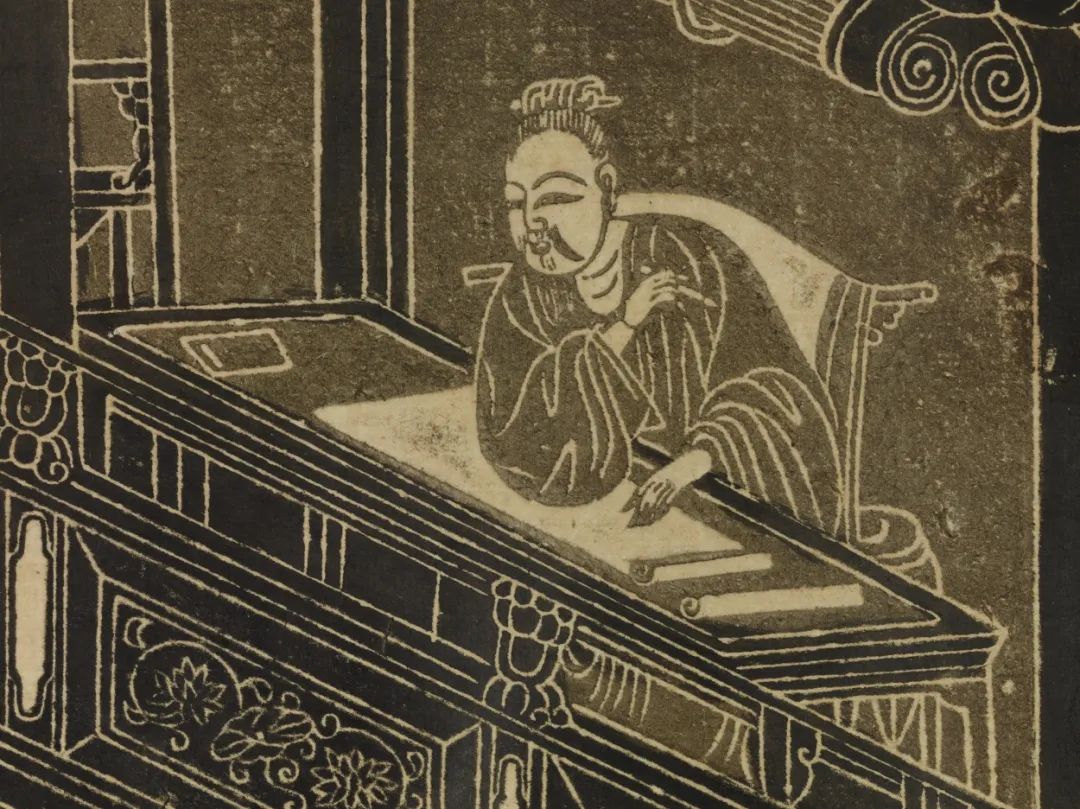
Orchid Pavilion Flowing Cup Picture and Orchid Pavilion All Posts Motuojuan (Mingtuo) Partial Collection of Tokyo National Museum
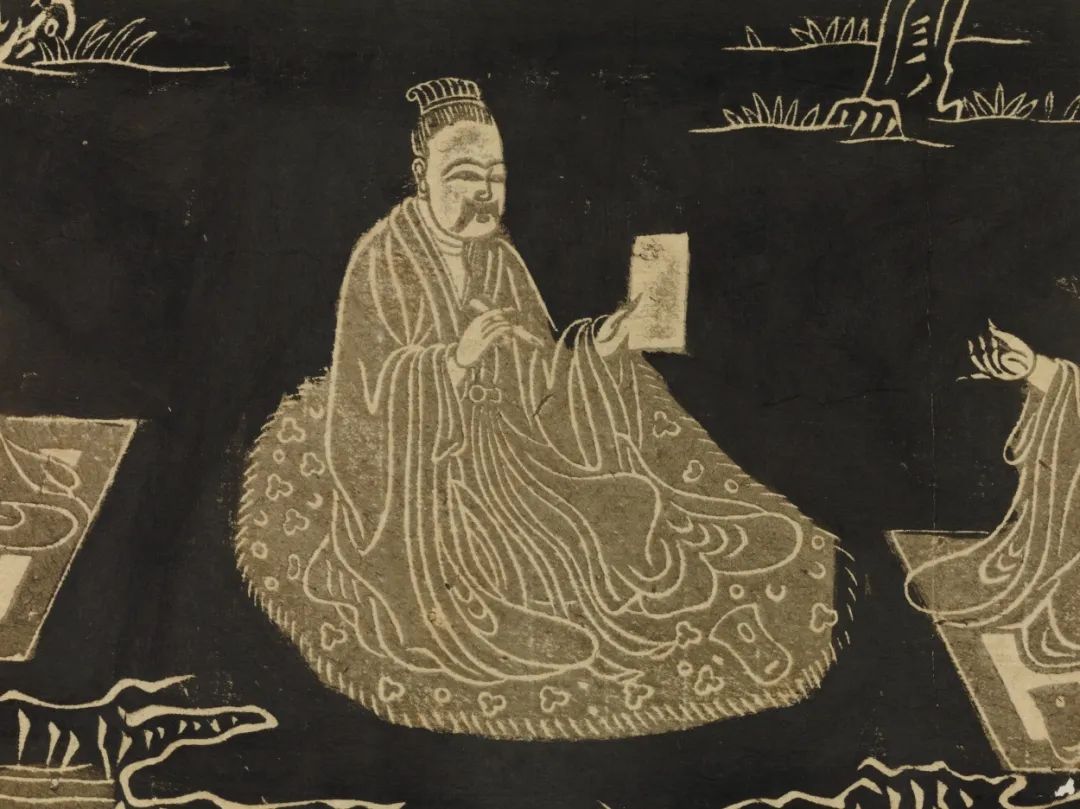
Orchid Pavilion Flowing Cup Picture and Orchid Pavilion All Posts Motuojuan (Mingtuo) Partial Collection of Tokyo National Museum
It is reported that this exhibition will gather many works related to Wang Xizhi's calligraphy collected in Japan, focusing on various important versions of "Orchid Pavilion Preface" handed down or copied by later generations.
The existing stone inscriptions of "Lanting Collection Preface" are the "Dingwu version". The so-called "Dingwu version" is said to have been copied by Ouyang Xun of the Tang Dynasty based on the original work of Wang Xizhi, and was recognized by Tang Taizong as "the most authentic work" among the copies. The academy in the palace. When this original stone was still in existence, during the Xining period of the Northern Song Dynasty, Xue Xiangshuai Dingwu, his son Xue Shaopeng once carved a stone, and it was easy to remove the original stone. In order to mark the authenticity of the original stone, the five characters "turbulence, flow, belt, right, and sky" were engraved on the original stone. , thus, the extension of the later generations will be divided into the loss of the original and the non-destructive.
Some scholars believe that the Wu Bing edition of the "Preface to Dingwu Lanting Pavilion" collected by Dongbo is one of the "five-character undamaged editions" handed down from generation to generation.
Mr. Qi Gong once listed it as "Zhending Wuben" in "Lanting Tie Kao": "...the five characters are not damaged, the ink is slightly heavier, and the word is invaded from time to time, and there are places where later generations painted ink...Later There is also a section of Li Houzhu’s comments recorded in Huang Tingjian’s handwriting by Song Renxue, and Wang Rong, Wu Bing, Wei Su, Xiong Mengxiang, Zhang Shen, Ni Zan, Wang Yi, Zhang Shi, Shen Zhou, Wang Wenzhi, Yinghe, Yao Yuanzhi, Chong En, Postscripts by Wu Yusheng, Chen Jingtao, and Chu Deyi."
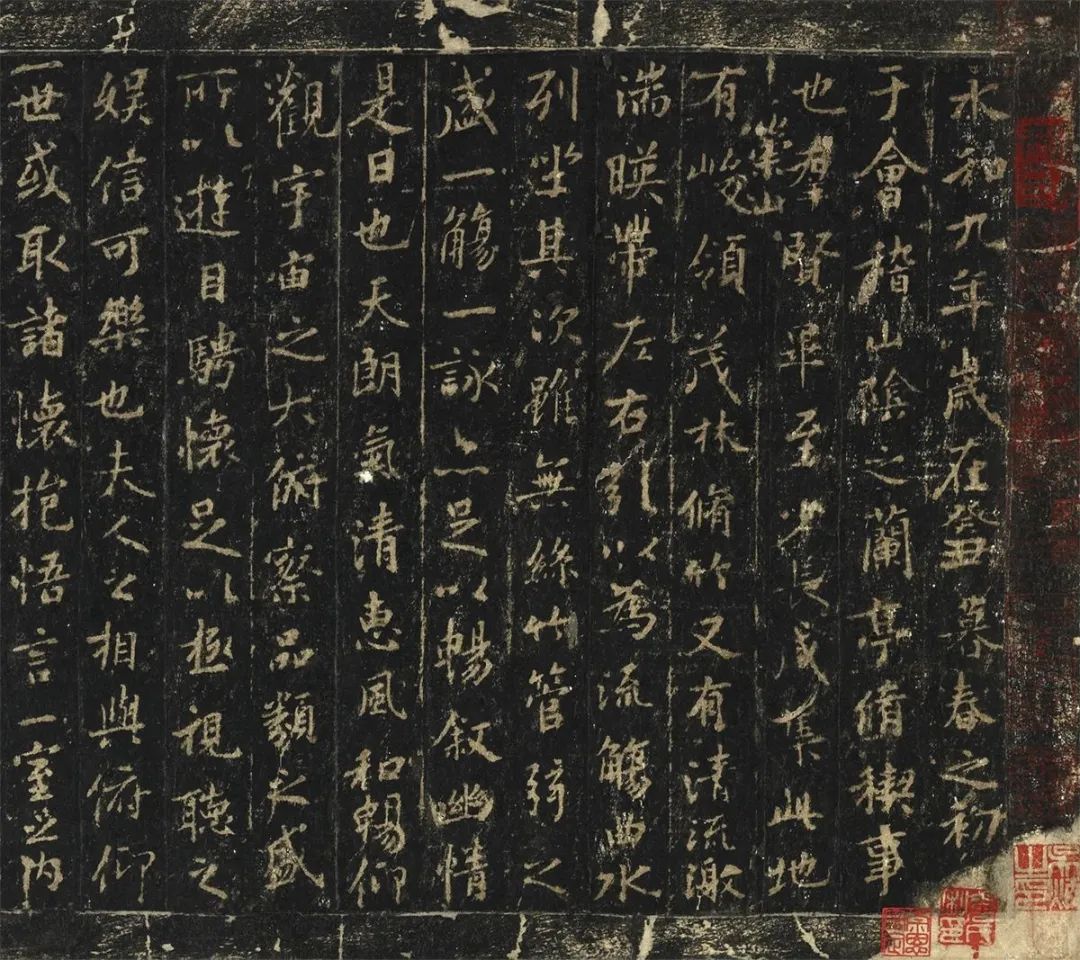
Dingwu Lanting Preface (Wu Bingben) Part of Tokyo National Museum Collection Exhibition Period: On display from February 28, 2023
However, some scholars believe that some of the handwriting in Wu Bingzang's manuscript has been painted with ink, and there should be a certain gap between it and the original stone.
The two important Dingwu Orchid Pavilion editions exhibited this time are Wu Bing's version of "Preface to Dingwu Orchid Pavilion"; Dugu's "Dingwu Orchid Pavilion Preface" is widely known because it was repeatedly copied by Yuan Dynasty calligrapher and painter Zhao Mengfu, and it is also the most reliable " One of Dingwu Lanting". In addition to exhibiting the burned fragments, Zhao Mengfu's "Thirteen Postscripts to the Preface to Lanting" will also be exhibited at the same time. In the "Thirteen Postscripts of Lanting Preface", Zhao Mengfu concentrated on expounding his own calligraphy thought, which was widely spread in the future.

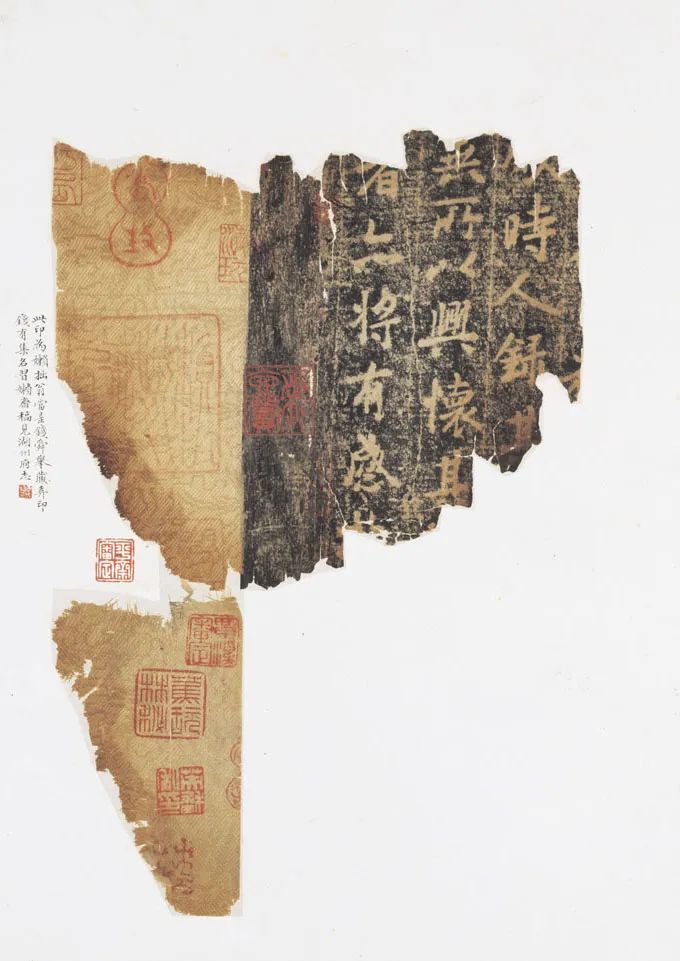
Part of Dingwu Lanting Preface (Dugu Version) Collection of Tokyo National Museum Exhibition Period: On display from March 14, 2023
In addition, there are more versions of "Lanting Preface", including Xu Yanxian's "Dingwu Lanting Preface" in the Dongbo Museum, Wang Xiao's "Dingwu Lanting Preface", and the Taito District Calligraphy Museum. Dingwu Orchid Pavilion Preface; the Orchid Pavilion Preface copied by Chu Suiliang in the Dongbo Museum, and Wang Duolin's Orchid Pavilion Preface are all precious copies of later generations. From Tang imitation to Song Tuo, "Lanting Preface" has formed a variety of genealogy, which is very precious.

Part of Dingwu Lanting Preface (Xu Yanxian's version) Collection of Tokyo National Museum Exhibition period: On display from March 12, 2023

Part of Dingwu Lanting Preface (Wang Xiaoben) Collection of Tokyo National Museum Exhibition period: On display from March 12, 2023
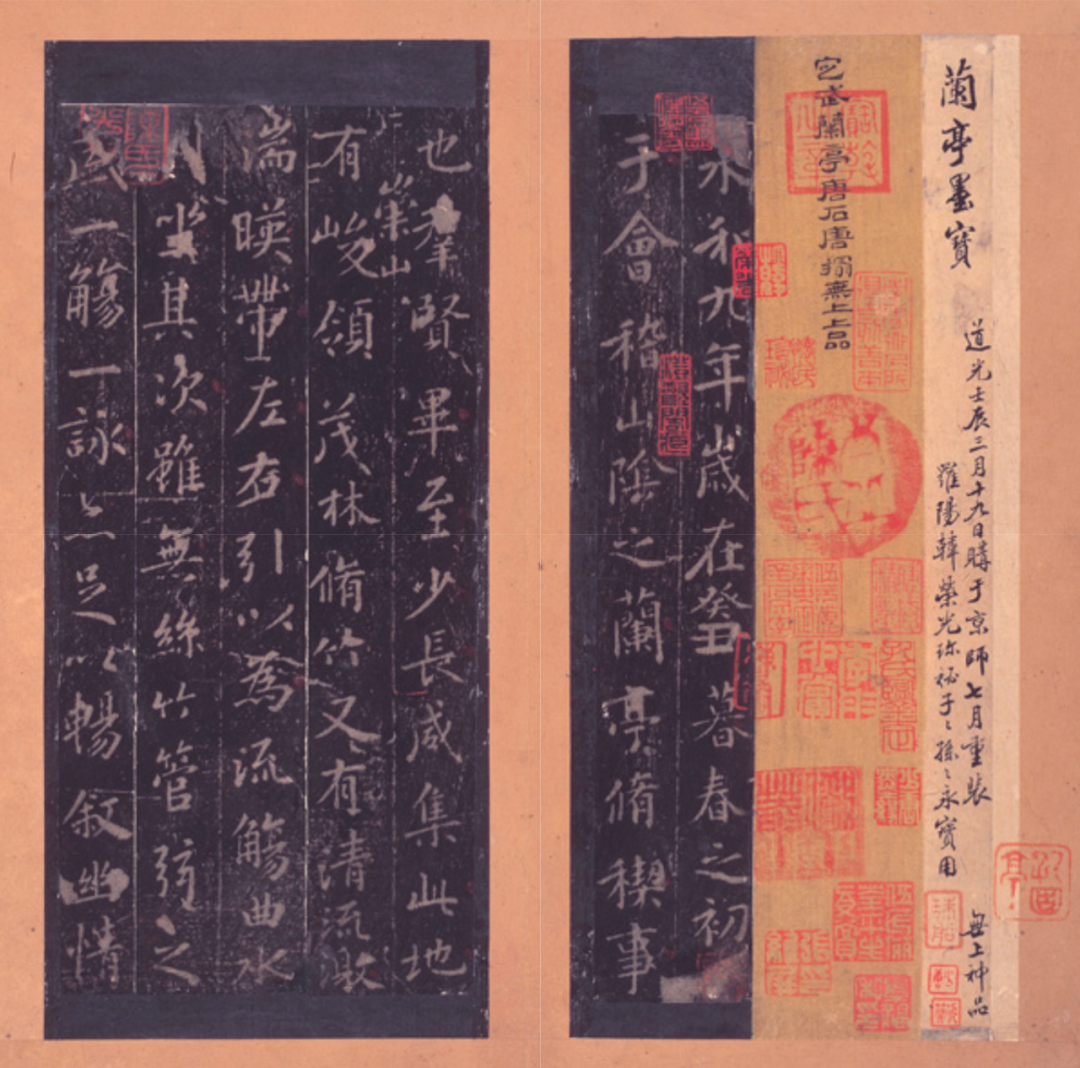
Part of Dingwu Lanting Preface (Hanzhu Shipbook) Collection of Taito District Calligraphy Museum Exhibition Period: January 31-March 12, 2023
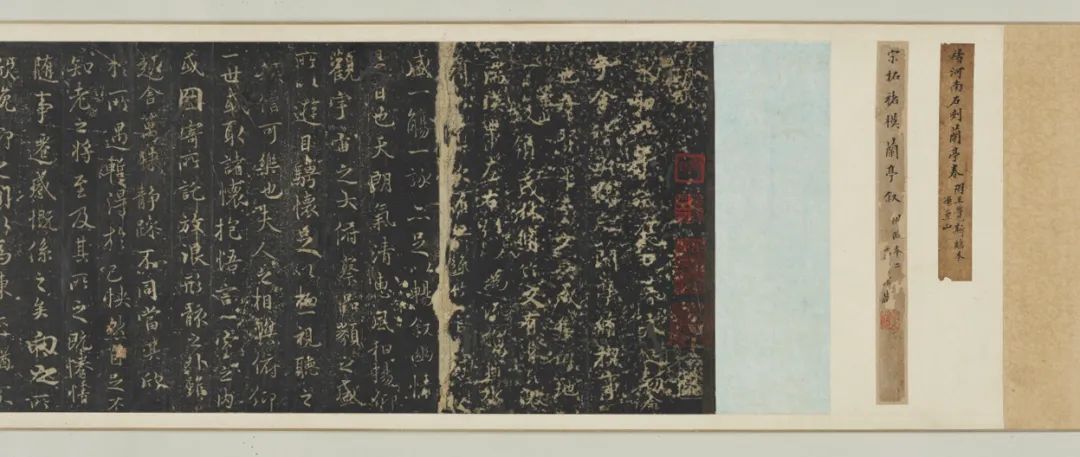
Part of the Preface to the Chu Goran Pavilion Tokyo National Museum Collection Period: January 31-March 12, 2023
Generally speaking, the copies of Wang Xizhi's Dharma books handed down from generation to generation can be divided into two categories, one is the ink-printed version, and the other is the rubbing version. Among them, ink-blotted copies can be divided into copy copies and copies. Lining means to imitate writing according to the shape and gesture of the original work; copying is equivalent to tracing, covering the original work with paper and using the brush according to the shape of the characters. There are many ways to trace, among which double hook ink filling is a very delicate technique. Some scholars believe that this method needs to be illuminated to the light, covered with paper, carefully outlined the original strokes, and then filled with ink.
Mr. Tomita Jun, deputy curator of the Tokyo National Museum and an expert on the history of calligraphy, said in an exclusive interview with The Paper: "In the ink book, copying is the most natural and interesting, but it often reveals the subjective mentality of the copyer. Therefore, the double hook ink book As a copy made with extremely delicate techniques, it is of great significance when examining Wang Xizhi's original calligraphy." The Tang copy is of high quality and is considered to be "the first-class authentic work", and it is extremely rare in the world. Today, there are no more than 10 copies of Wang Xizhi's calligraphy with double hooks in ink, and four of them are extant in Japan—"Sangluan Tie", "Kong Shizhong Tie", and "Meizhi Tie" and "Dabao Tie" that will be exhibited this time.

Sister’s Zhitie Collection of Kyushu National Museum Exhibition period: January 31-February 26, 2023
Both "Meizhitie" and "Dabaotie" were shocking discoveries in the last half century. "Sister Zhitie", which has been kept secret among the people, was first released in the "Showa Orchid Pavilion Memorial Exhibition" at the Goto Art Museum in Japan more than 40 years ago, and became known to the world. Since ancient times, Japan has a tradition of making "shoujian", that is, cutting out a part of calligraphy works and pasting them on books as a collection of calligraphy handwriting for appreciation and identification. Both "Meizhitie" and "Dabaotie" were pasted and pasted in the "handbook" and flowed into the hands of private collectors.
"Meizhitie" was not recorded in the records of previous dynasties in China. Its appearance has become a new material for Wang Xizhi's research. Although there are only two lines left, the depiction is equally fine and well preserved, which is very precious. In 2007, "Sister to Post" was put up for auction at Christie's Hong Kong, and was expected to return to China at one point, but regrettably failed the auction because the buyer's bid did not meet expectations.

Exhibition period of big poster: January 31, 2023 - February 26, 2023
The discovery of "Dabaotie" in 2013 has aroused common attention at home and abroad. After the appraisal, the Tokyo National Museum stated that judging from the handwriting and content, this should belong to one of the fine copies of Wang Xizhi's calligraphy made by the court of the Tang Dynasty in the 7th and 8th centuries.
Another important reason for discussing these two posts together is that many scholars believe that they probably originated from the same work. Someone put the two works together and observed them repeatedly, and found that they are very similar in terms of calligraphy style, paper and word spacing. Qi Xiaochun has also discussed this issue in a special article, and believes that this statement has some truth. Mr. Tomita Jun, who appraised Dabaopost, also said in an interview: "It's not surprising even if it comes from the same work."
The engraved edition of "Seventeen Tie" is also one of the best models for calligraphers to follow the calligrapher Wang Xizhi and learn his cursive script. The exhibited at the East Expo is from the old collection of Jiangchuan Yinzhou, so it is called "Jiangchuan version". The current version is excellent, but it is seriously damaged.

Seventeen Posts Collection of Tokyo National Museum Exhibition period: March 14-April 23, 2023
Among the works exhibited in Dongbo, there are many paintings related to the Lanting Collection and the collection of later generations of literati.
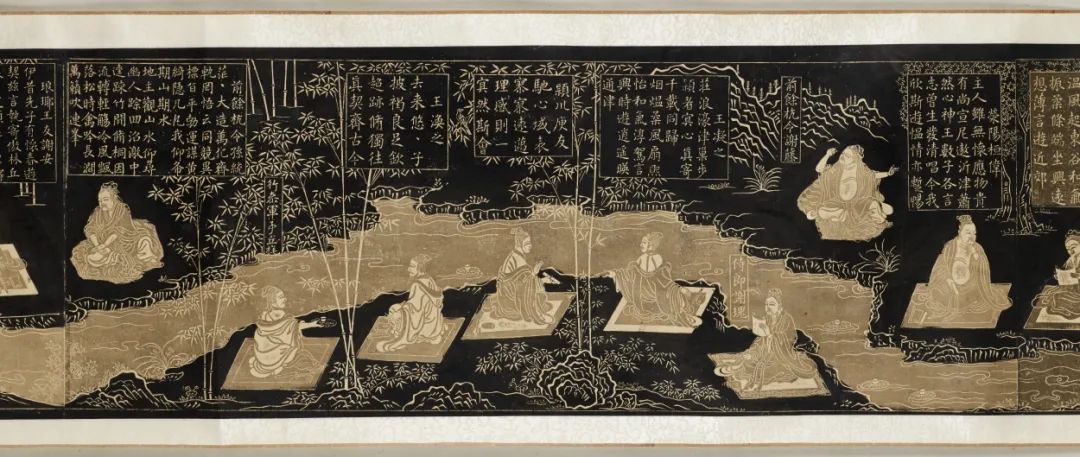
Part of the Wanli version of the Lanting Scroll, Tokyo National Museum Exhibition Period: January 31-March 12, 2023
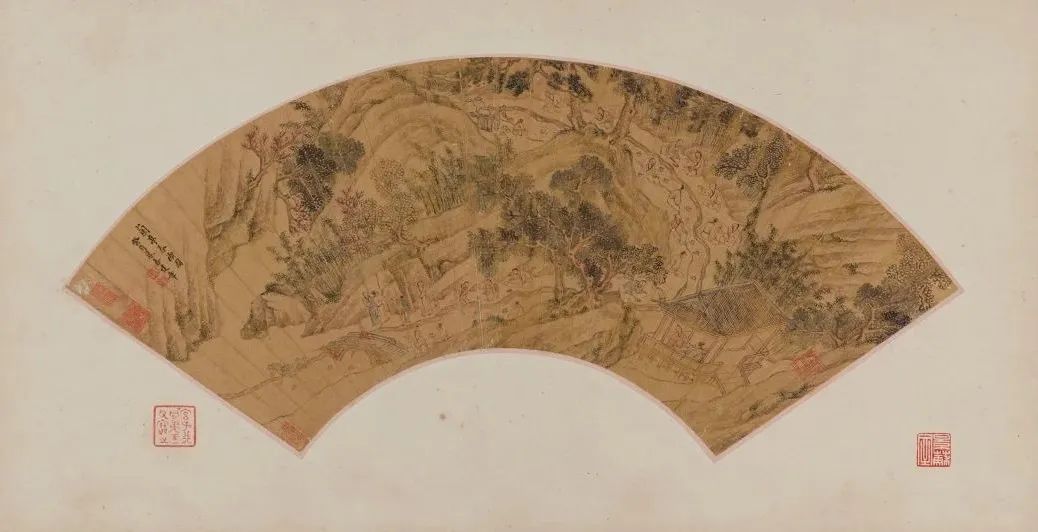
Ming Wang Jianzhang Orchid Pavilion Spring Festival Fan Surface Collection of Tokyo National Museum Exhibition Period: March 14-April 23, 2023

Yuan Renren's signature, piano, chess, calligraphy and painting scroll, Tokyo National Museum Collection Exhibition period: March 14-April 23, 2023
It is reported that the exhibition will last until April 23, 2023.
(This article is based on previous reports by The Paper, Tokyo National Museum materials, related calligraphy historical materials, and Zhanwan official accounts, etc.)
